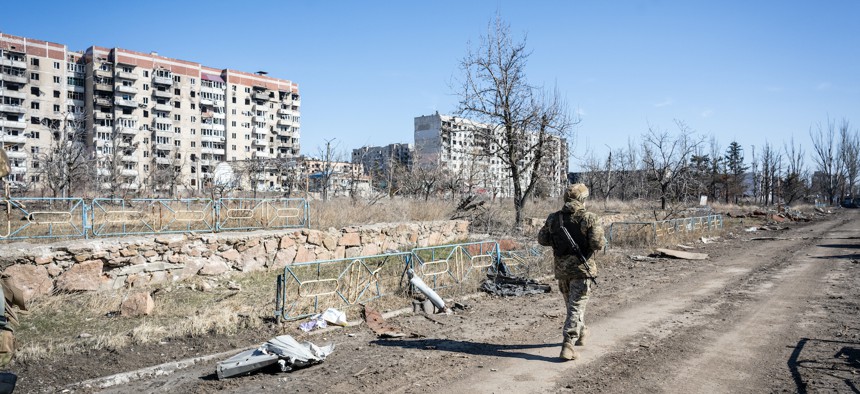Kabir Taneja

As the conflict in Gaza between Israel and Hamas continues without any end in sight, an increasingly visible big-power(s) competition has afforded a few non-state armed militant groups some space that they can take advantage of. The US and its Western allies on one side and Russia and China on the other may be a widening geopolitical crevasse, a point of worry for many. But for the likes of Hamas and the Afghan Taliban, it’s an opportunity.
Post The Post-WWII Global Order
The slow disintegration of the post-World War II global order has given ample space to non-state armed groups to not just rekindle their own political and ideological aims but also get access to more institutional frameworks, such as those of the United Nations, as well as its clubhouse, the Security Council (UNSC). Recent reports in some sections of regional media in West Asia have suggested that a meeting took place in Doha between Ismail Haniyeh, the leader of Hamas’s political bureau, and Cao Xiaolin, China’s ambassador to Qatar. Haniyeh reportedly praised China’s role and stand in the UN on the ongoing war in Gaza and was in favour of the Palestinian cause, while also highlighting Beijing’s humanitarian assistance.
Meanwhile, Russia also recently hosted a congregation of Palestinian groups, which included representation from both Hamas and the Palestinian Islamic Jihad. Russia’s foreign minister, Sergei Lavrov, on the sidelines of this meet reiterated his country’s support for a unified Palestine Liberation Organisation, an effort that would see Hamas try to work with Fatah, a Palestinian movement it has fought against over political and ideological differences. Nonetheless, the question is not so much about Hamas here but Russia’s aim and role, considering this is not the first time Moscow has hosted Palestinian groups since October 2023.

:quality(70)/cloudfront-us-east-1.images.arcpublishing.com/archetype/L6PVTKTBGVB23H34Z4JRZEY53I.jpg)





:quality(70)/cloudfront-us-east-1.images.arcpublishing.com/archetype/337TBQP2HFF2TC2R5JBKPVGI4I.jpg)








